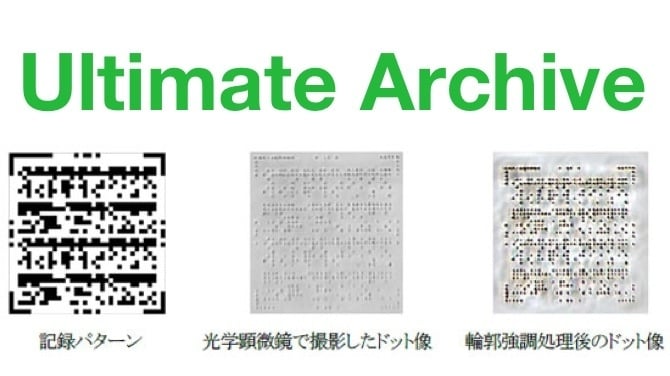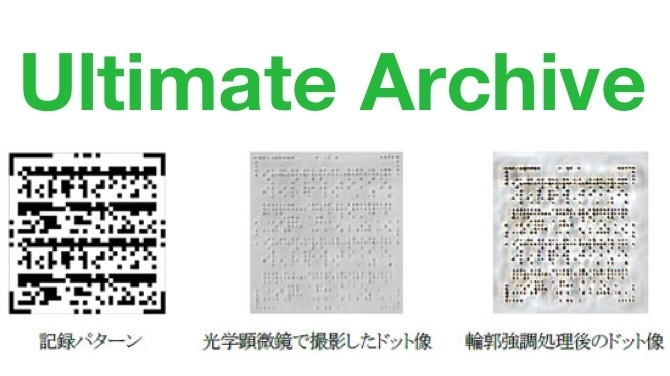
 Hitachi Quartz Storage Patterns
Hitachi Quartz Storage Patterns
We only have a Google-Translated Japanese press-release to base this on, which might actually be instructions for barbecueing venison sausages for all we know, but if we're right, this could be a really big development for the media community.
It could potentially solve one of the biggest problems: how do you back up your media (your Oscar-winning digitally acquired feature film, for example) so that it is still readable in thousands of years.
You know the sort of problem. You probably have a stack of floppy disks from fifteen years ago that you might as well put in the toaster for all the use they are now that computers don't have disk drives any more. But it's actually worse than that, because you weren't storing all your pictures and moving images on them. Luckily, instead, you've got shoeboxes full of paper prints, and probably a few reels of 8mm film as well. Here's the thing: you can "decode" your paper pictures with your eyes, and you can still see the 8mm images, and it wouldn't be impossible to scan them, bring them into an NLE as an image sequence and watch them.
Glass lasts
What happens when you have a lifetime of still or moving images and you've stored them on devices and media which are inevitably going to go out of date in the next decade?
Hitachi claims to have solved this problem, at least theoretically. They've developed a technique where they blast Quartz Glass with a "Femto Laser", recording data in patterns of dots four layers deep.
The recordings are extremely robust and can withstand heating for two hours at a thousand degrees Celsius.
Best of all, you don't need (very) specialist equipment to read the data back. You would need a pretty good instruction manual, but the dots are visible an "Optical Microscope" - although it's hard tell exactly what is meant by that with our Googlized translation.
If we've understood this correctly, this could be a really big deal for archivists. We're guessing that practical applications of this will be two or three years off.
Here's the original press release if in case you are, or happen to speak, Japanese.
Tags: Technology


Comments